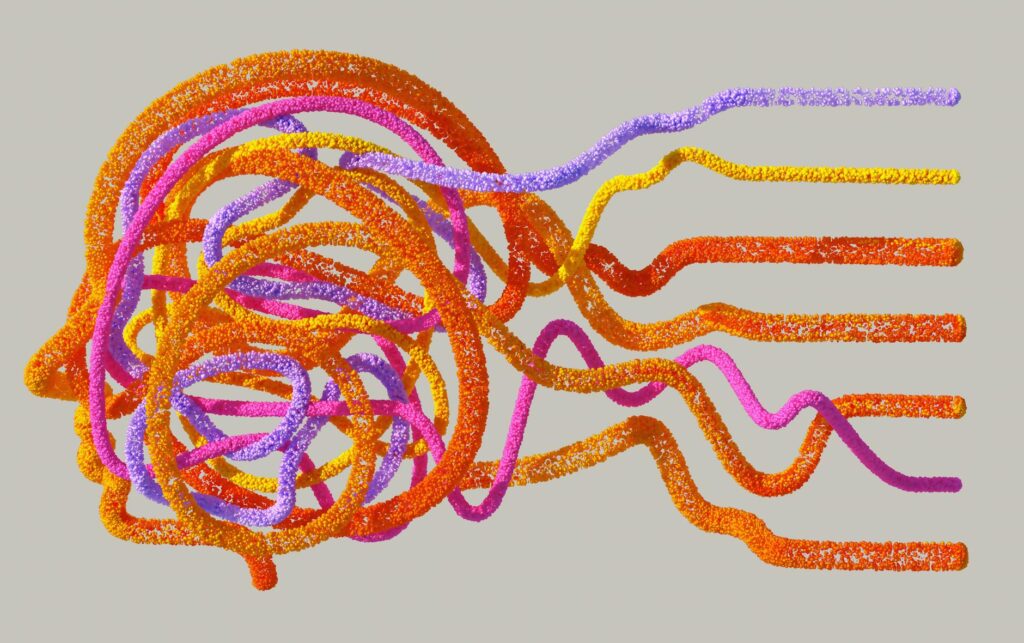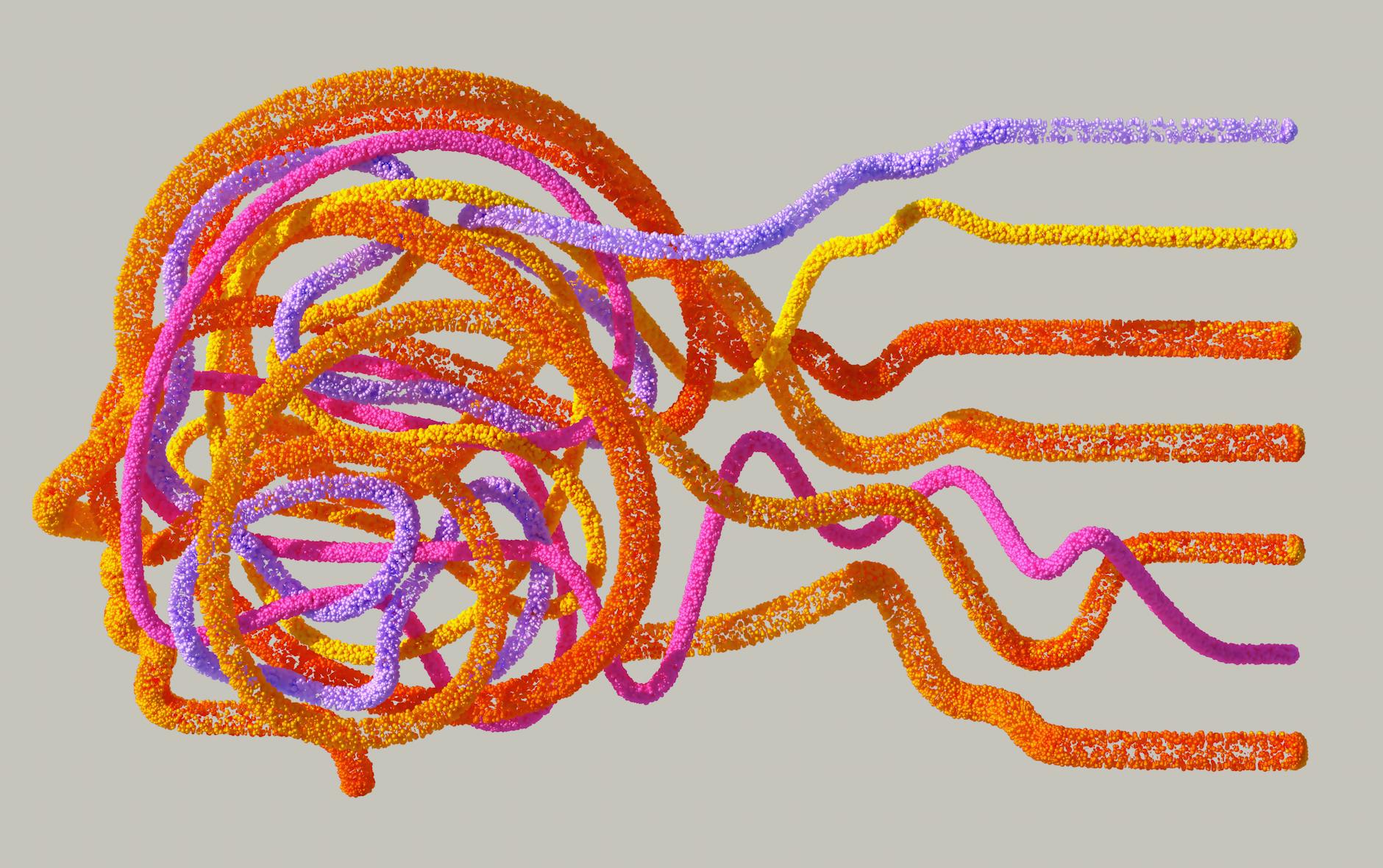What is visualization methods?

What is visualization methods?
In a world overflowing with information, visualization methods serve as a beacon, helping us navigate complex data with clarity. Whether it’s in business, education, or personal development, these techniques transform raw data into visual formats that enhance understanding and facilitate decision-making. Imagine trying to grasp the meaning behind piles of figures and statistics—it’s daunting, right? Visualization methods simplify this challenge, making the intricate straightforward and the mundane engaging.
Understanding Visualization Methods
Visualization methods encompass a variety of tools and techniques designed to represent data visually. Unlike traditional data representation, which often relies on numbers and text, these methods leverage visuals to highlight trends, patterns, and relationships in the data.
Definition and Purpose
So, what exactly are visualization methods? They are techniques used to graphically display information, making complex data easily digestible. The primary purpose is to simplify the communication of insights derived from data analysis. For instance, a simple bar chart can convey trends over time much more efficiently than a lengthy report filled with numbers. According to Tableau, effective visualization enhances comprehension and allows for immediate recognition of outliers and patterns.
Benefits of Visualization Methods
The advantages of visualization methods are plentiful. First and foremost, they improve comprehension. Visual aids help us grasp concepts quickly, allowing us to focus on analysis rather than deciphering numerical confusion. Additionally, they enhance memory retention. Have you ever noticed how you remember a colorful infographic much better than a plain text document? This is because visual information has a stronger impact on our memory.
Furthermore, these methods foster analytical thinking. When data is represented visually, it encourages viewers to explore relationships and causations, leading to deeper insights. Tools like Deloitte highlight that visualization allows users to recognize patterns they may otherwise overlook in raw data.
Popular Types of Visualization Methods
When we think of visualization methods, a variety of formats come to mind. Each serves its unique purpose and can be employed in different contexts.
Charts and Graphs
Charts and graphs are the bread and butter of data visualization. They include bar charts, line graphs, and pie charts, each suited for different types of data analysis. For example, bar charts are excellent for comparing quantities across categories, while line graphs effectively illustrate trends over time. The HBS Online resource showcases numerous chart types and their applications, making it clear that selecting the right format is crucial for effective communication.
Infographics
Infographics combine images, charts, and minimal text to present information clearly and quickly. They are particularly useful in summarizing large amounts of data succinctly and can be shared easily on social media platforms. The engaging design draws the viewer in, making it more likely they will absorb the information presented.
Mind Mapping
Mind maps are another powerful visualization method. They provide a visual representation of ideas and concepts, showing relationships and hierarchies. Whether brainstorming for a project or organizing study notes, mind maps help clarify connections and encourage creativity.

Illustration of a mind map demonstrating the organization of thoughts. Photo by Google DeepMind
Heat Maps and Geographic Maps
Heat maps visualize data density in a specific area, using color to represent values. Geographic maps, on the other hand, show data in relation to physical locations. These methods are widely used in fields like marketing and urban planning to identify trends and make strategic decisions.
Implementing Visualization Methods
To truly harness the power of visualization methods, it’s essential to implement them effectively in both personal and professional settings.
Choosing the Right Visualization Tool
Selecting the right tool can make or break your visualization efforts. There are many software options available, from advanced platforms like Tableau to simpler tools like Google Sheets. Each has its strengths, so consider your specific needs before making a choice. Resources like DataCamp provide comprehensive insights into various tools and their functionalities.
Best Practices for Effective Visualization
To create impactful visualizations, adhere to best practices. Keep your designs simple and clear, ensuring that the key message stands out. Always consider your audience; tailor your visuals to their level of understanding. Lastly, always test your visualizations for clarity and effectiveness before sharing them widely.
Impact of Visualization Methods on Productivity
Visualization methods not only clarify data but significantly boost productivity and enhance learning outcomes.
Case Studies and Examples
There are numerous success stories highlighting the effectiveness of visualization. For instance, companies that use visual data representation tools report faster decision-making processes and increased collaboration among teams. A case study highlighted on Salesforce shows how a business improved its performance by adopting visualization methods, facilitating better insights into customer behavior.
Personal Experience and Insights
In my experience, incorporating visualization methods into my workflow has transformed how I approach tasks. For example, I began using mind maps to brainstorm blog ideas, which not only organized my thoughts but also sparked creativity. I’ve found that seeing my ideas visually helps clarify my objectives and prioritize tasks effectively.
Conclusion on Visualization Methods
In summary, visualization methods are invaluable tools that enhance our ability to understand and act upon complex data. They simplify communication, improve retention, and foster analytical thinking, making them essential in personal and professional contexts. By adopting various visualization techniques, you can elevate your productivity and decision-making skills to new heights. Start exploring these methods today, and witness the difference they can make in achieving your goals.